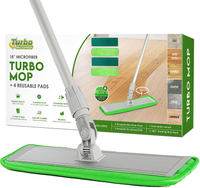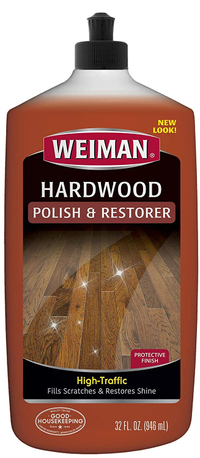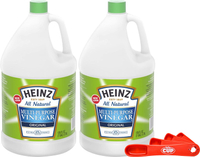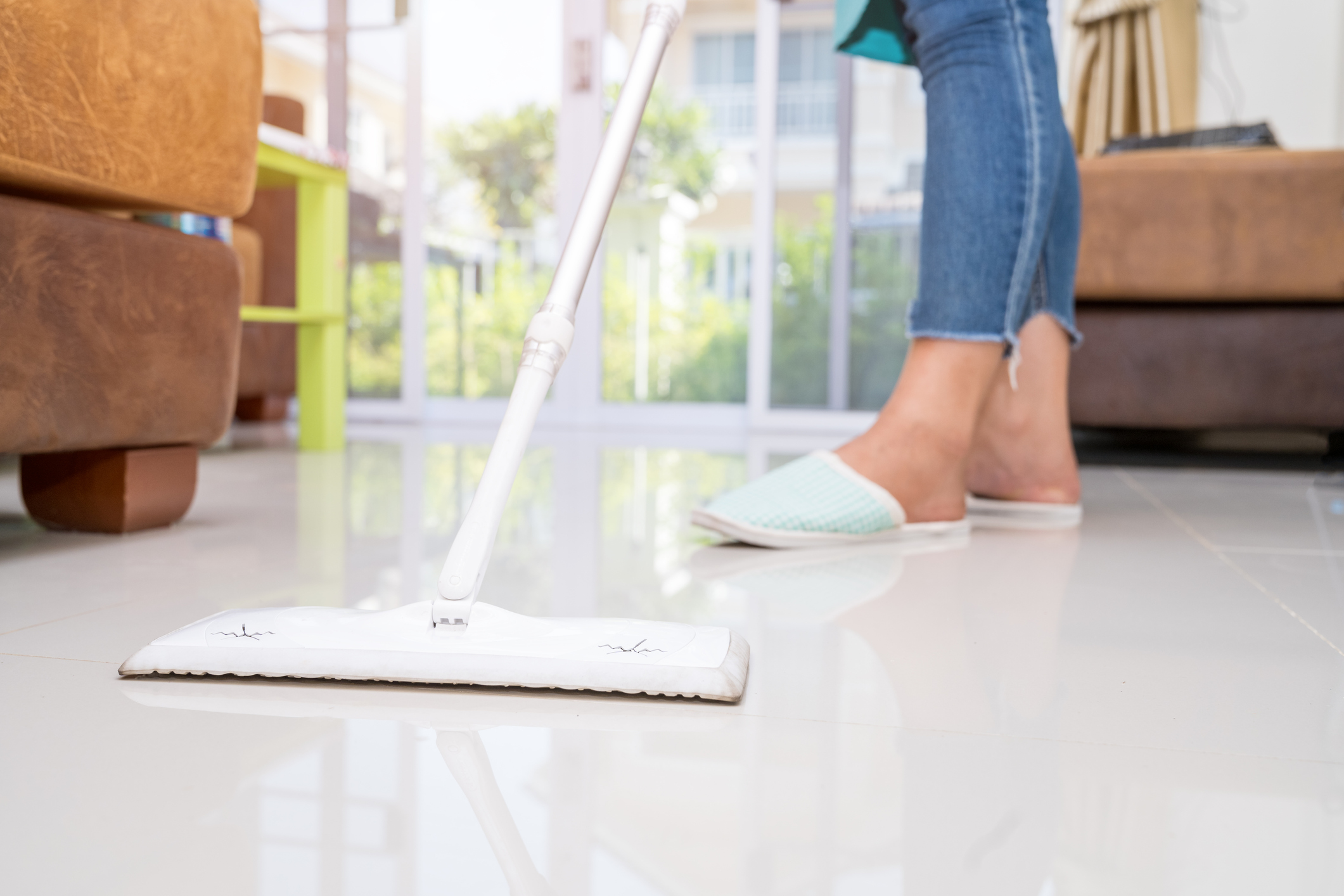

Cleaning a floor properly isn't always plain sailing, but it can be. Because a dirty floor is not a nice floor, be it in your kitchen, bathroom, hallway or other area of the home. But you can only shift dust under the rug or politely ignore mud prints for so long... When you know the secrets to cleaning all types of floors quickly and successfully, this job will become easy and you will be able to spruce your space with more efficiency, every single time. No matter what type of hard flooring you have: Vinyl tiling, concrete, solid wood, laminate or another...
How do you clean dirty floors?
Deep cleaning dirty floors is a two-step process, you need dust removal then actual floor washing. First things first, you need to know what type of flooring you're working with, this will help determine what products and techniques you can use on those particular flooring types. Then it's all about maintenance and how often you should actually be cleaning your floors to start with. Get clued up and never let dirty floors walk all over you again!
1. Lifting dust and debris
All floors accumulate dust and picking it up (literally) is a must before you attempt using a deep cleaning, as this would otherwise just drag dust bunnies and dirt around. Not only is dust and debris ugly and hygienic, but any small stones or grit left on your floors will inevitably lead to scratching or denting. Ensuring your floors are free from dust is vital to keep them in good condition. There are three ways to do this:
Vacuuming floors
Easy and efficient, vacuuming is the obvious choice. However, you need to ensure that you have the right attachments and flooring settings available so as to ensure you don't damage your flooring in the cleaning process.
Cork and bamboo flooring are especially soft and prone to scratching, so unless you have a soft floor attachment and are able to remove any brash beater bars, it's not worth it and you're better off dry mopping or sweeping. And, if you are cleaning marble flooring, we wouldn't recommend vacuuming at all but dry mopping instead.
Hoe often to vacuum floors
You want to vacuum flooring in high traffic areas of your home like the kitchen, hallway or lounge about three times a week – especially if you have furry pets, kids and anyone with dust allergies at home.
For bedrooms which usually see less foot fall, you can reduce this to once a week, increasing this for every additional person that uses the space.
Technique
You need to reach everywhere, so move furniture around, lift bed beds and poufs off the floor to ensure you remove settled dust. Of course, wardrobes and other heavy furniture items that meet the ground can be moved less frequently – about once a year is good.
- So you may need to get your best vacuum at the ready.
Dry mopping a floor
Essential dust mopping, this is a genius and effective way to clear dust and debris from sensitive floors that are prone to scratching (hardwood, tiles) or denting (bamboo, cork) . You simply need to attach a woven or microfibre cloth to the end of a long handle mop with a swivel head to pick up debris.
Technique
Dust down surfaces with a microfibre cloth to start with so that you pick residual dust that falls on the ground up in the process. Then, start in the corner and work your way out of the room, getting into and under any crevices by shifting small furniture items about.
Sweeping floors
Sweeping is another gentler way to lift dust and debris from floors, it's also super quick. You'll want to sweep your hard kitchen floors or tiling and any other high traffic areas at the end of every day. For other less busy areas, once every couple of days will do.
Some floors will only need sweeping and no other cleaning agents, just stain treatments on occasion, 'Sweeping is also best for any type of floor whereas water can damage floors including waxed wood' says Stapf.
Technique
First of all, you want to ensure your broom is in good condition and not full of pet hair and dust as you'll just be lugging that around the room. Then you want to start in the farthest corner and work your way towards the exit as with dry mopping. However, rather than drag a huge pile of dust all over the room, divide your space, sweep in sections and get rid of the piles of dust as you go.
If you've never cleaned your broom, shake off debris and pull out awkward bits wearing rubber gloves then give it a soak in hot soapy water and let it air dry completely.
- Find more advice on how to vacuum your floors in our guide.
We spoke with the Lysol Germ-Cast™ team about how to maintain floors for greater home hygiene. 'Sweep daily to prevent dust and grime build-up. As needed, be sure to disinfect hard, non-porous floors with Lysol® Clean & Fresh Multi-Surface Cleaner.'
2. Actually cleaning your floor
Just removing dust is often enough, but then mopping or steam cleaning flooring is the best way to lift stains and sanitize. If you stay on top of weekly vacuuming or regular dry mopping/sweeping then you can probably afford to clean your floors properly once a month. If you have a particularly busy (and mucky) household, then you're looking at once a fortnight.
The basics of mopping and steam cleaning
Generally speaking, when you're mopping or steam cleaning, you should never overwet floors. It's okay on tiles, but hardwood, cork, and bamboo floors can become damaged easily and are prone to warping too, so ensure you wring out your mop well and never leave any standing water.
Whether you use any cleaning solution at all depends on your flooring type, and on your preference too. You can also invest in the Dyson WashG1 to make the process to much easier.
- See how cleaning with vinegar is great all around the home.
Commercial vs. natural floor cleaners
Many people swear by homemade natural cleaners, us included, but you need to do your research as it's not always the best course of action.
Cleaning floors with vinegar
Hugely popular and kind of on trend too, white vinegar is a great stain removal technique and will sanitize the space too. You can use a vinegar solution on laminate, vinyl and cork flooring, it's also good for spot stains on hardwood floors. However, if you have stone floors then you want to stay completely clear of vinegar and use a PH neutral detergent instead.
Cleaning floors with dish soap
Dish soap is a less harsh and effective cleaner too, working well on linoleum and ceramic tiles and you can mix it with a little baking soda too for a little natural added potency, to use on concrete garage floors. However, if you have laminate flooring, you'll want to avoid using soap-based detergents as this can dull them.
Commercial floor cleaners
If you're using a commercial floor cleaner, always check the label to see that it's compatible with your flooring type.
- Wondering how to clean wooden floors? We can help.
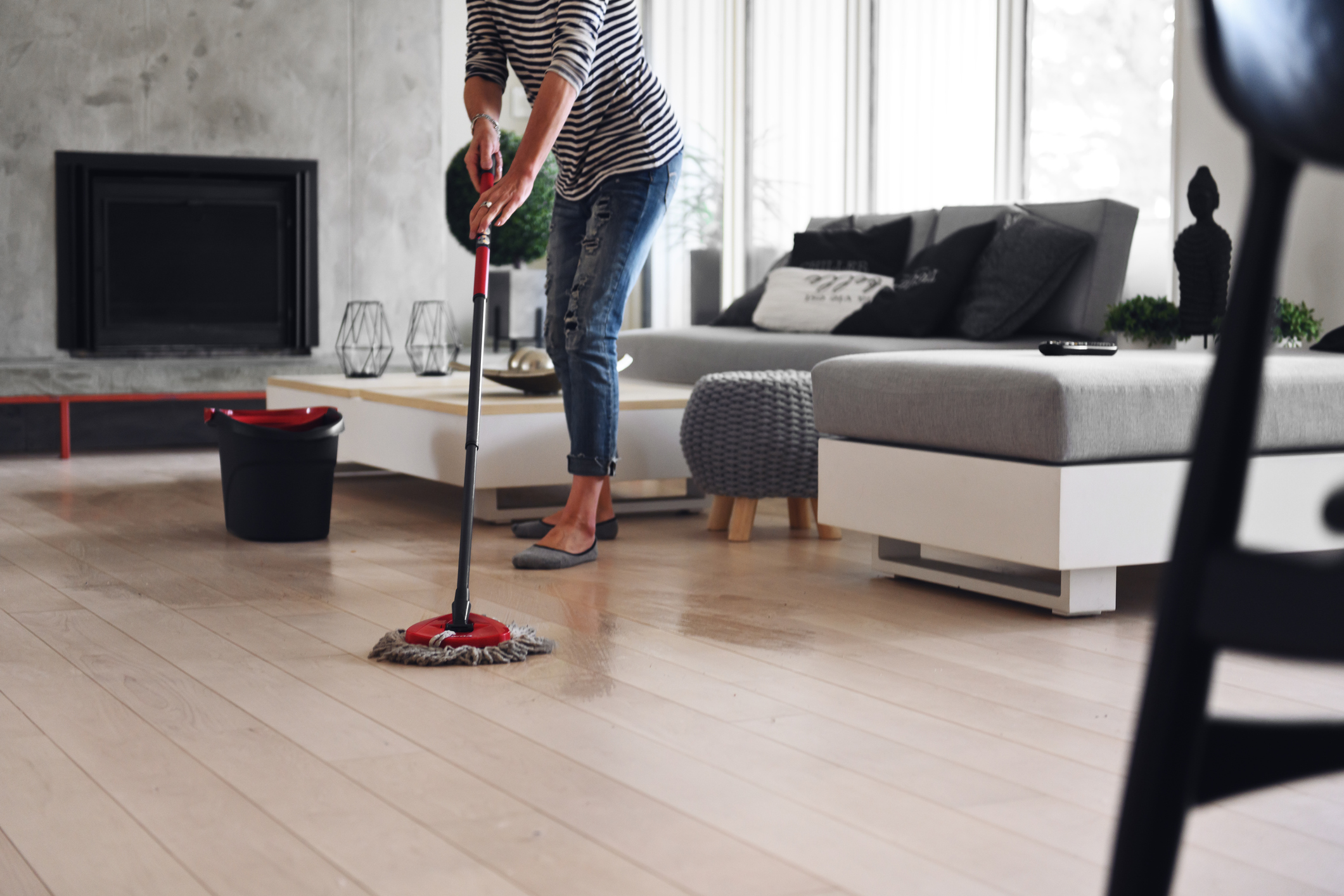
A floor cleaning tip from the experts
According to Martha Stewart along with Leanne Stapf, COO of The Cleaning Authority, 'For most surfaces, it is important to sweep, vacuum, and mop your floors to remove any dirt and dust that has collected on the floor... It is best to clean your floors every one to two weeks. Be sure to regularly sweep your floors especially when cooking a lot to make sure food and other debris does not get kicked around and scratch up the floors.'
How to protect floors
- Frequent dust removal: Go by the guidelines above to stop a buildup of debris.
- Wipe up spills: Do this immediately to stop staining and damage.
- Cleaner compatibility: Consider your safest options when cleaning floors. from dust removal tools to products.
- Employ the shoes off rule: Take them off at the door and cut your floor cleaning time in half.
- Furniture pads: Heavy coffee table and delicate flooring? Consider a rug or furniture pads under the legs of your item.
Microfiber Mop Floor Cleaning System - Washable Pads Perfect Cleaner for Hardwood for $39.95 at Amazon
Use it dry or wet on not just your hardwood floors.
Weiman Wood Floor Polish and Restorer - 32 Ounce - High-Traffic Hardwood Floor from Amazon
Perfect for a natural shine and protective layer that removes scratches too.
Shop Heinz All-Natural Distilled White Vinegar -1 Gallon Bottle (Pack of 2) with By The Cup Swivel Spoons
A must for natural cleaning around the kitchen and beyond.
Done and dusted!
Join our newsletter
Get small space home decor ideas, celeb inspiration, DIY tips and more, straight to your inbox!

I'm Cam, the former deputy editor of Real Homes who worked on the site from 2020 to 2023. As a renter myself, sharing a home with two friends (and my cat) in London, I know all too well the challenges that this can pose when it comes to creating your perfect setup. As someone who has always loved everything interior design-related, I cannot rest until a home feels right and I am really passionate about helping others get there too, no matter what their living situation, style, or budget may be. It’s not always the easiest to figure out, but the journey is fun and the results are so worth it.
After interior design, travel, art, and photography are my next big passions. When I’m not writing or editing homes content, I’m usually tapping into other creative outlets, exploring galleries in London or further afield, taking photos, scribbling, or drawing!
-
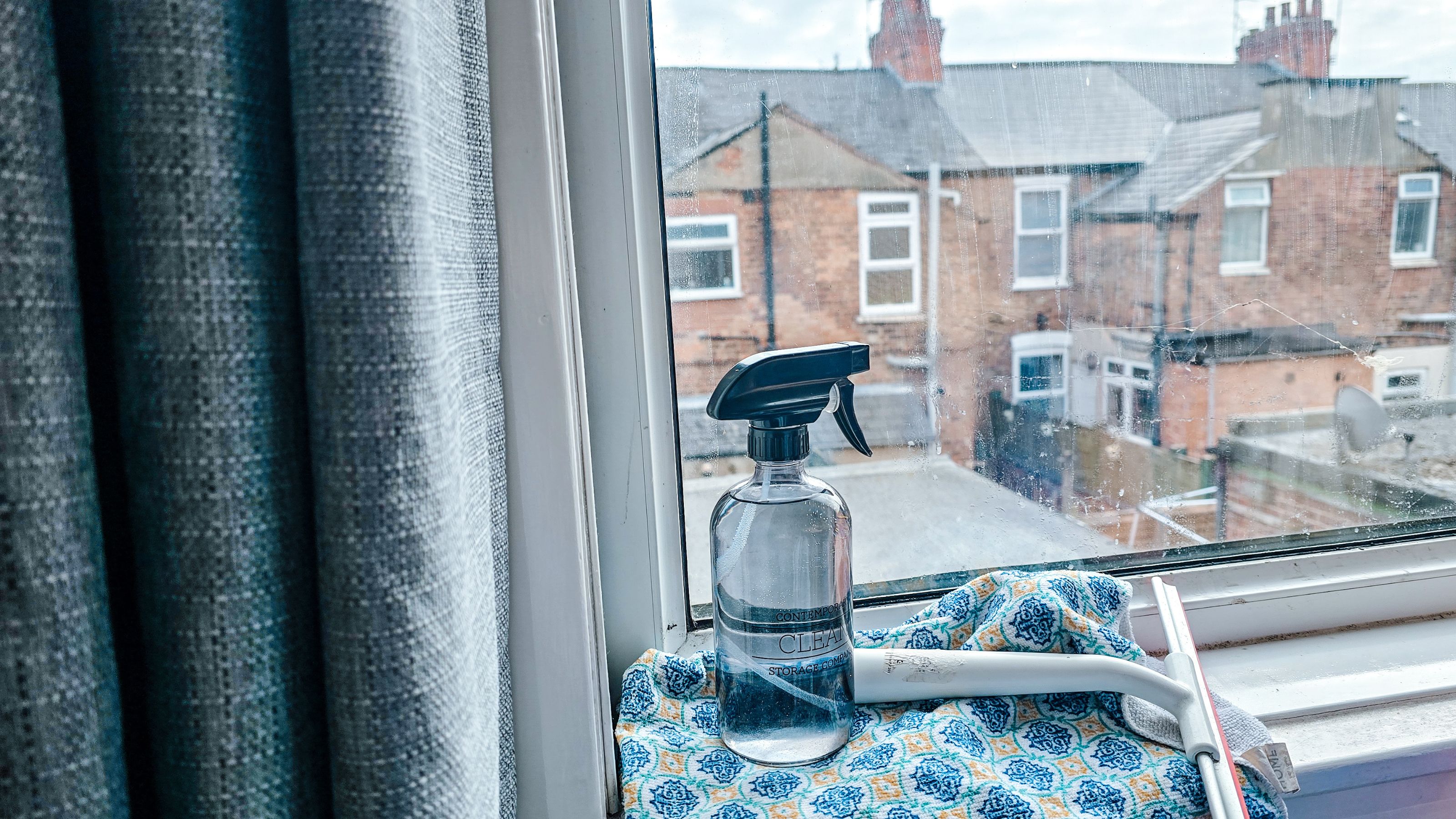 How to clean windows without streaks — 5 easy steps that cleaning pros always follow
How to clean windows without streaks — 5 easy steps that cleaning pros always followThis method on how to clean windows is favored by professional cleaners. We've asked them for the steps you should follow, plus picked cleaning buys
By Eve Smallman Last updated
-
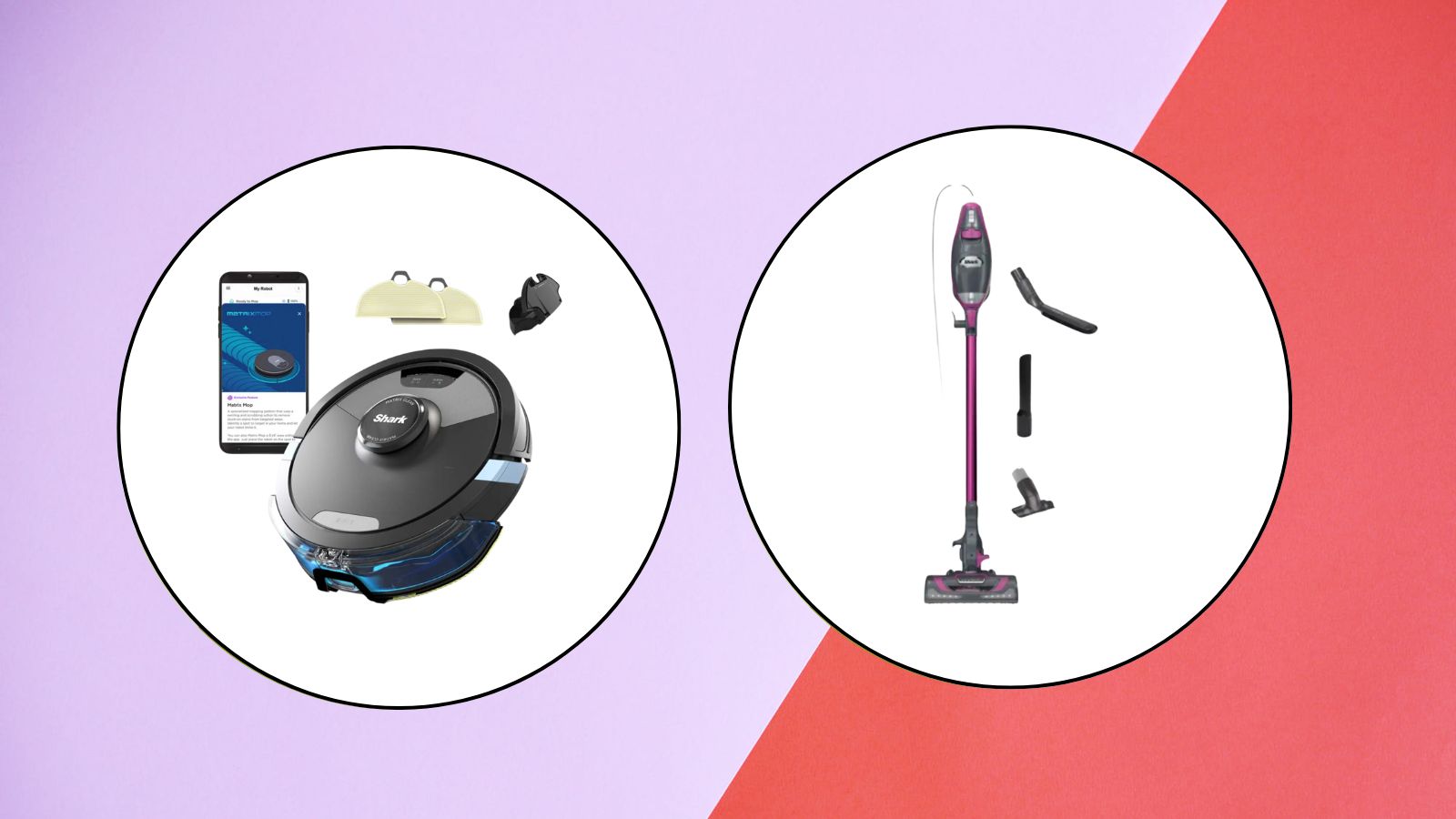 The latest Shark sale deals are perfect for pollen-proofing your home — with up to $150 off our favorite vacuums
The latest Shark sale deals are perfect for pollen-proofing your home — with up to $150 off our favorite vacuumsWe found the latest Shark sale deals on vacuums that are sure to be swooped up, especially as spring blooms trigger pollen allergies and we're in need of extra cleaning
By Danielle Valente Published
-
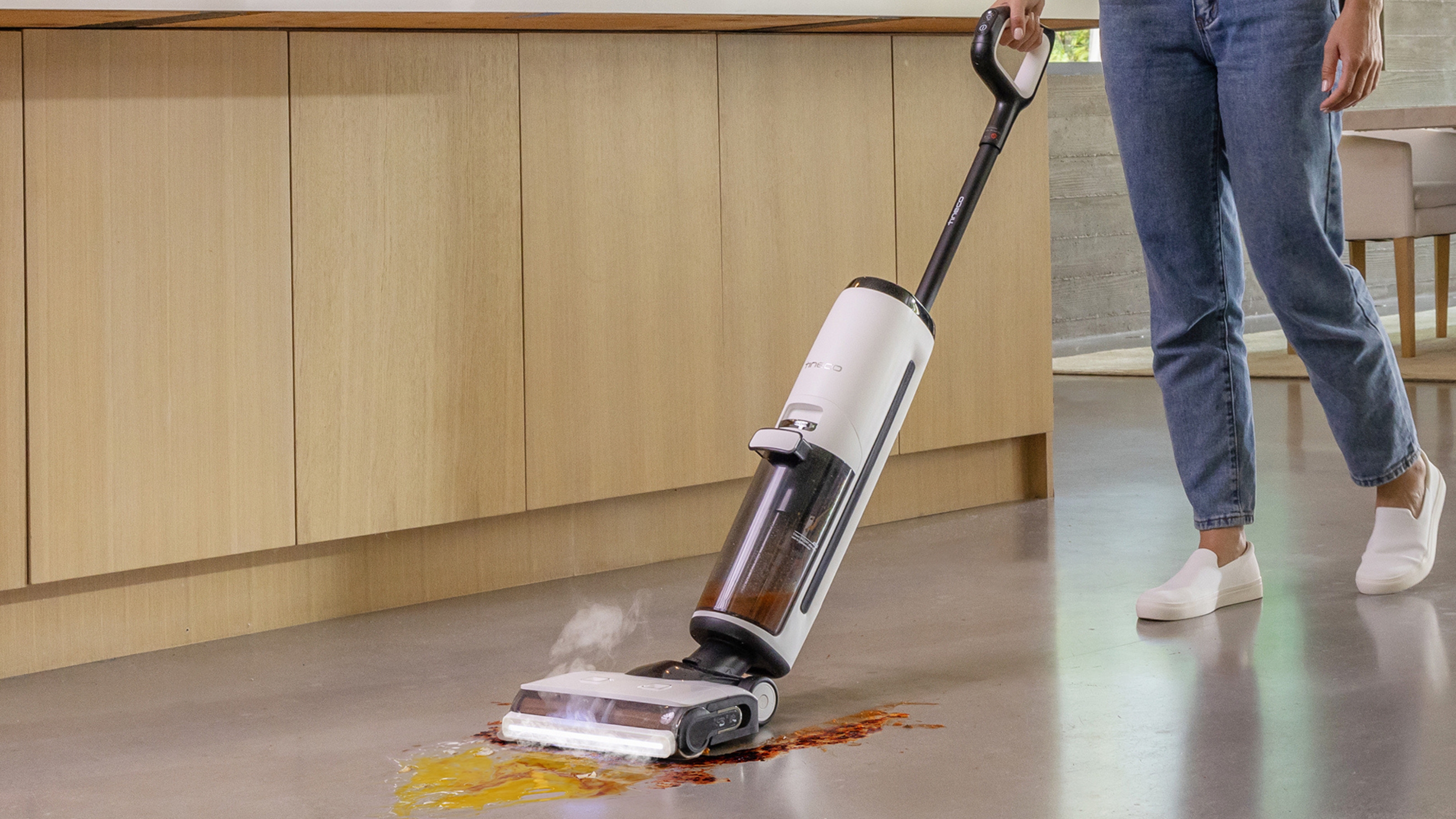
 Tineco Floor One S7 steam wet-dry vacuum review — spotless floors with minimal effort
Tineco Floor One S7 steam wet-dry vacuum review — spotless floors with minimal effortOur contributing editor, Camryn Rabideau, tests the Tineco Floor One S7 steam wet-dry vacuum in her New England homestead property
By Camryn Rabideau Published
-
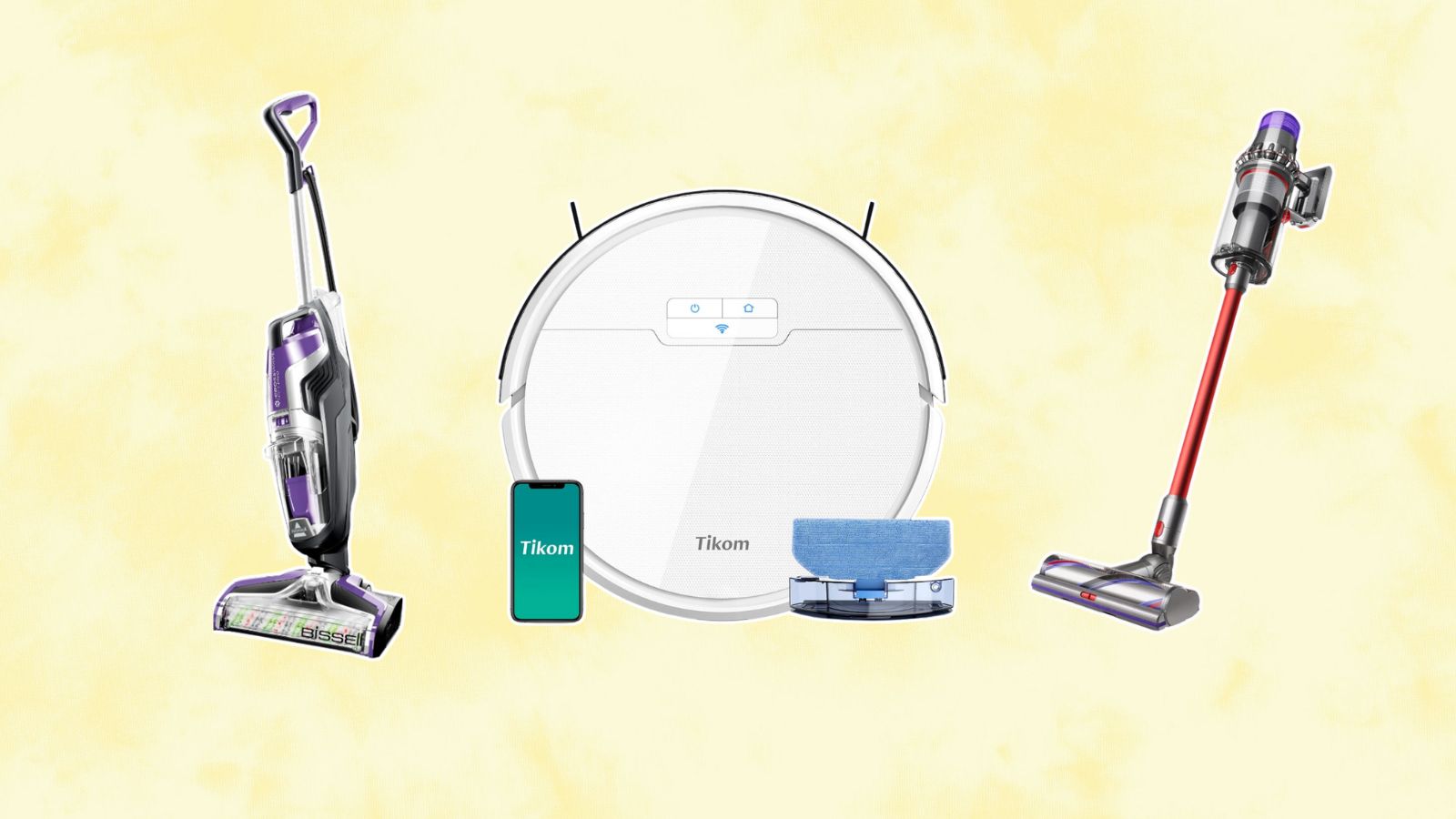 Amazon vacuum cleaners to nab during the retailer's Big Spring Sale — save up to 60% off our go-to small-space finds
Amazon vacuum cleaners to nab during the retailer's Big Spring Sale — save up to 60% off our go-to small-space findsChecking out the savings on Amazon? Vacuum cleaners are a must-buy during their first Big Spring Sale — here are our favorites up to 60% off
By Danielle Valente Published
-
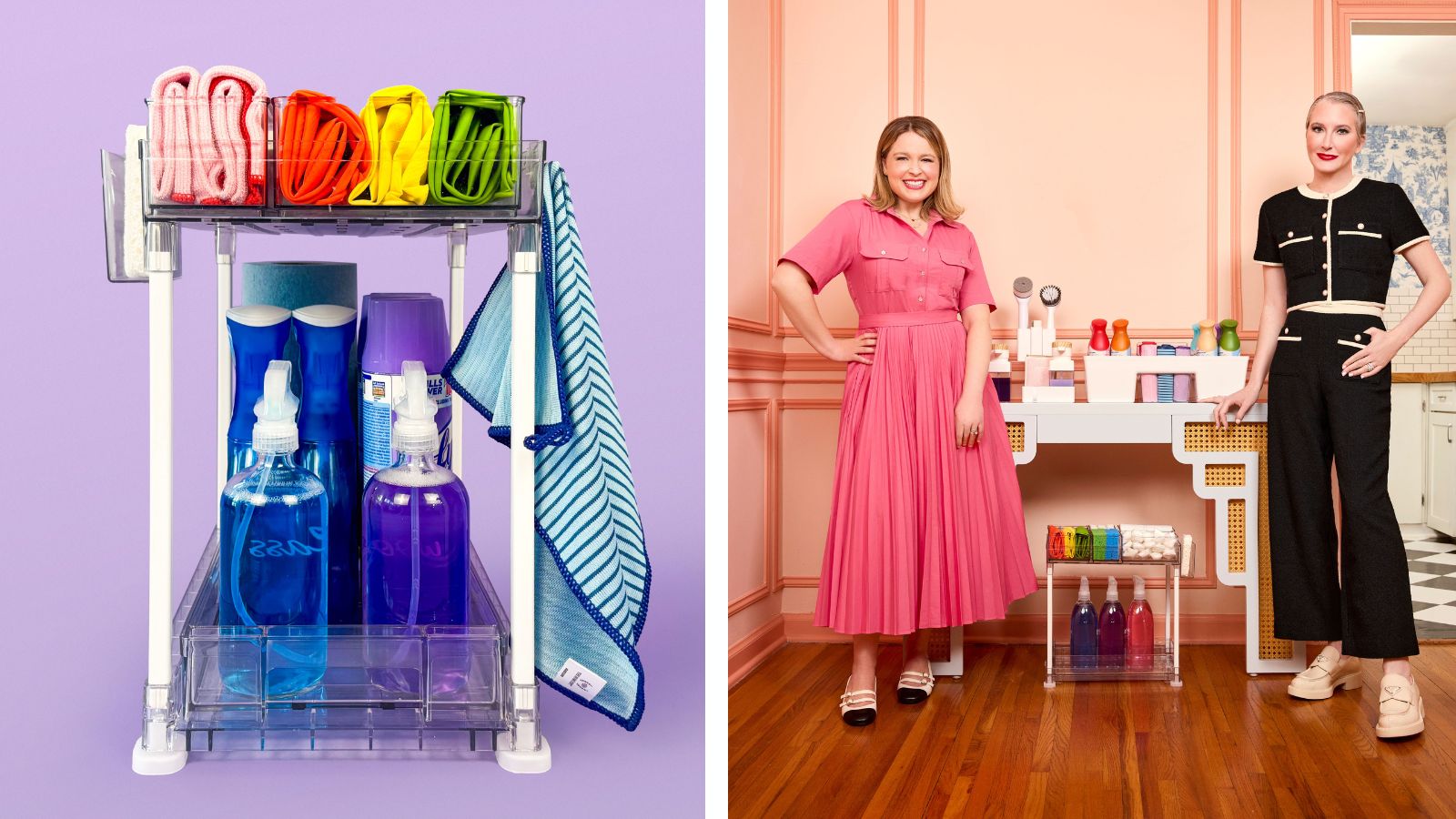 The Home Edit Walmart cleaning collection has just debuted with finds from $3
The Home Edit Walmart cleaning collection has just debuted with finds from $3Spring cleaning, anyone? The Home Edit Walmart cleaning collection has hit shelves with picks from $3
By Danielle Valente Published
-
 How to clean carpet on stairs — 3 simple steps to a spruced up staircase
How to clean carpet on stairs — 3 simple steps to a spruced up staircaseWant to know how to clean carpet on stairs? Our experts explain the simple steps to a sparkling stairway without too much elbow grease
By Andy van Terheyden Published
-
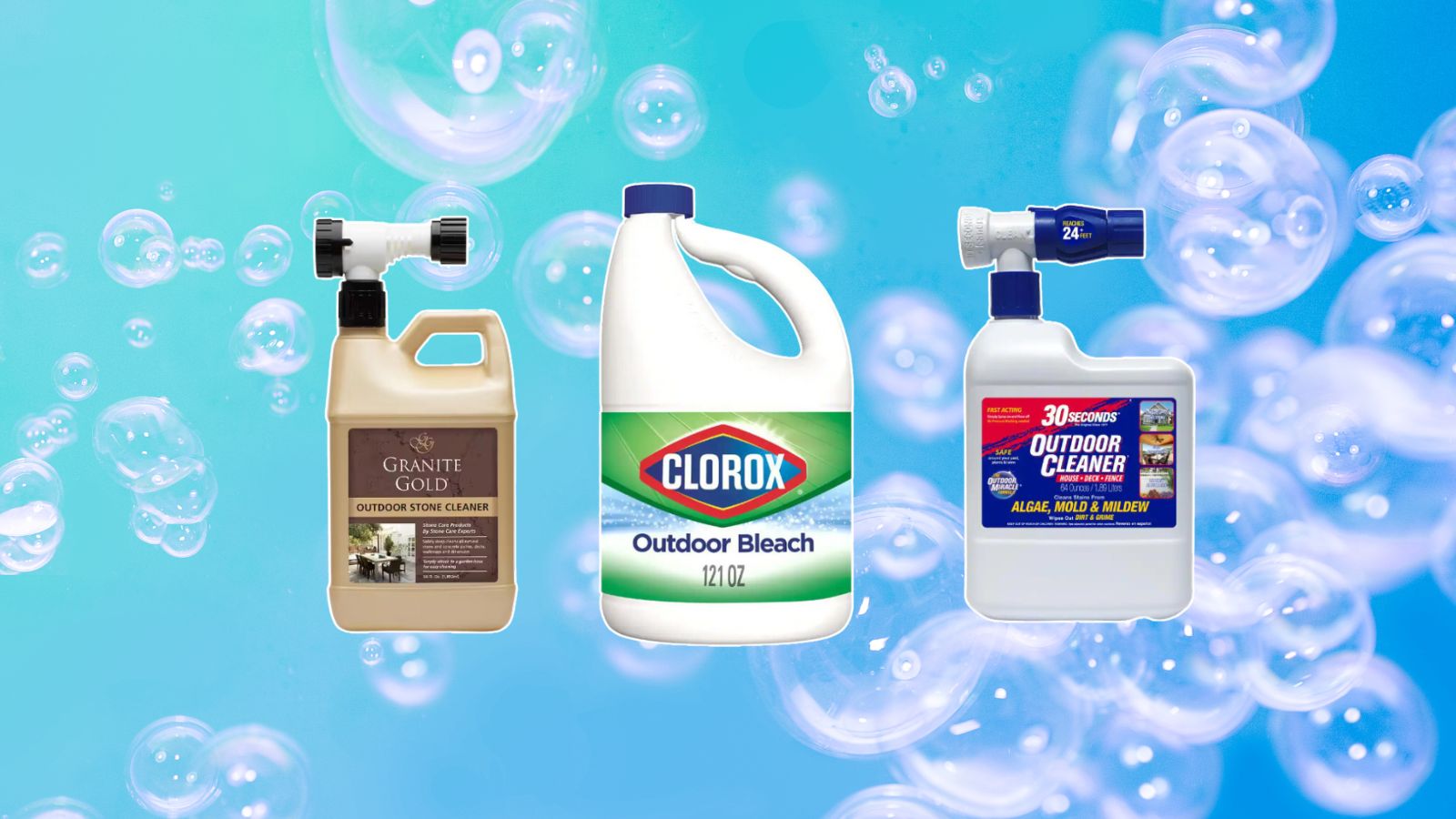 The Home Depot backyard and patio cleaning supplies we're stocking up on before spring
The Home Depot backyard and patio cleaning supplies we're stocking up on before springDon't forget the outdoors when spring cleaning — The Home Depot backyard and patio cleaning buys from $11 will assist with tidying up
By Danielle Valente Published
-
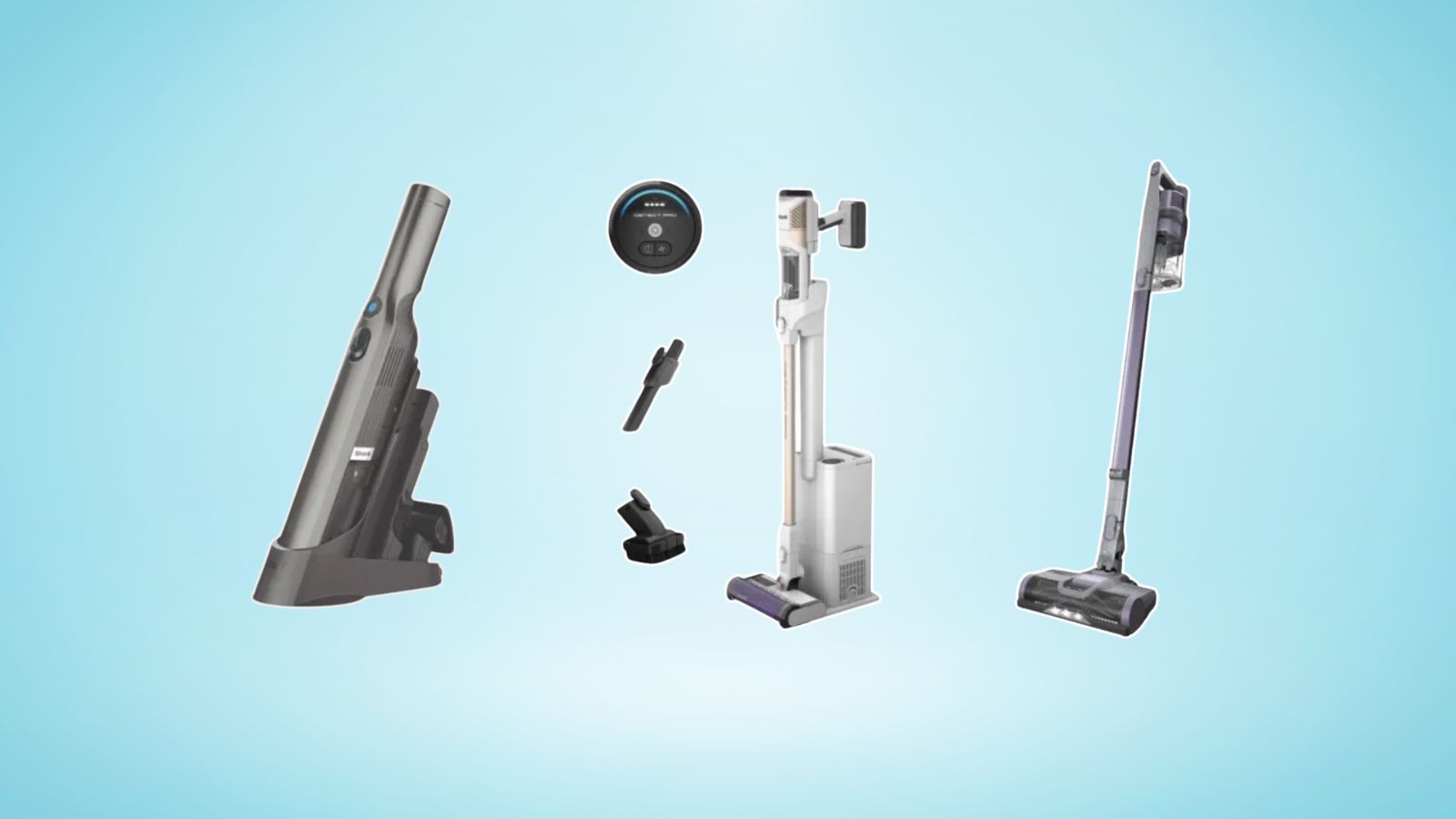 The Shark Detect Pro vacuum and other models are on sale for St Patrick's Day — perfect picks for your spring clean
The Shark Detect Pro vacuum and other models are on sale for St Patrick's Day — perfect picks for your spring cleanWhether you're eyeing the Shark Detect Pro Vacuum or Shark Pet Cordless Stick Vacuum, shop the St. Patty's Day sale for a discount on the best vacuums on shelves
By Danielle Valente Published
